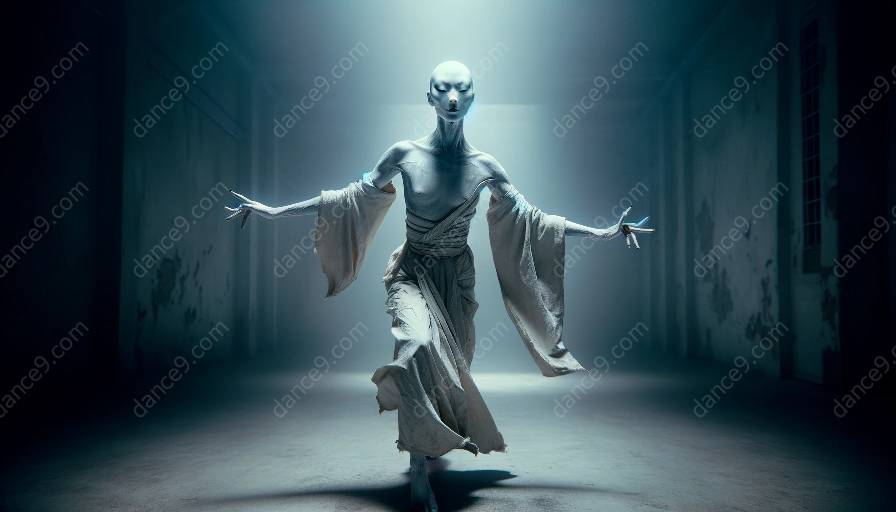Butoh dance, a contemporary form of Japanese dance, offers a unique avenue for psychological and emotional exploration. It delves into the depths of human experience, allowing performers to express a wide range of emotions and explore the inner world of the psyche.
Understanding Butoh Dance
Butoh, also known as the 'Dance of Darkness,' originated in Japan in the late 1950s. It is characterized by its slow, controlled movements, deliberate use of gestures, and an emphasis on the connection between the mind and body. Butoh often explores themes of suffering, transformation, and primal emotions, creating a deeply evocative and introspective experience.
Psychological and Emotional Themes in Butoh
Butoh dance provides a platform for performers to delve into complex psychological and emotional themes. Through its unique movement vocabulary and theatrical elements, Butoh enables exploration of existential questions, inner conflicts, and the human condition. Performers often embody and express raw, unfiltered emotions, allowing for a cathartic release and introspective journey.
Integration into Dance Classes
The psychological and emotional explorations in Butoh dance can greatly benefit dance classes of various styles. By incorporating elements of Butoh, dancers can expand their emotional range, deepen their self-awareness, and enhance their expressive capabilities. Butoh offers a distinctive approach to movement and expression, enriching the creativity and authenticity of dance performances across different genres.
Conclusion
Butoh dance serves as a compelling medium for psychological and emotional explorations, offering a profound artistic expression and introspective experience. Its integration into dance classes can expand the horizons of dancers, fostering deeper connections with their inner selves and enhancing the overall artistry of dance.













































































